 Shutterstock
Shutterstock
Royal courts weren’t just filled with glittering crowns and grand speeches and were home to some seriously pampered pups. Behind all the power plays and palace drama, kings and queens often had a furry friend by their side. These weren’t ordinary dogs; they served as hunting companions, lap warmers, confidants, and sometimes even diplomatic props. Whether they were stealing snacks in castles or posing in royal portraits, these breeds earned their place in the annals of history—one royal belly rub at a time.
Pembroke Welsh Corgi
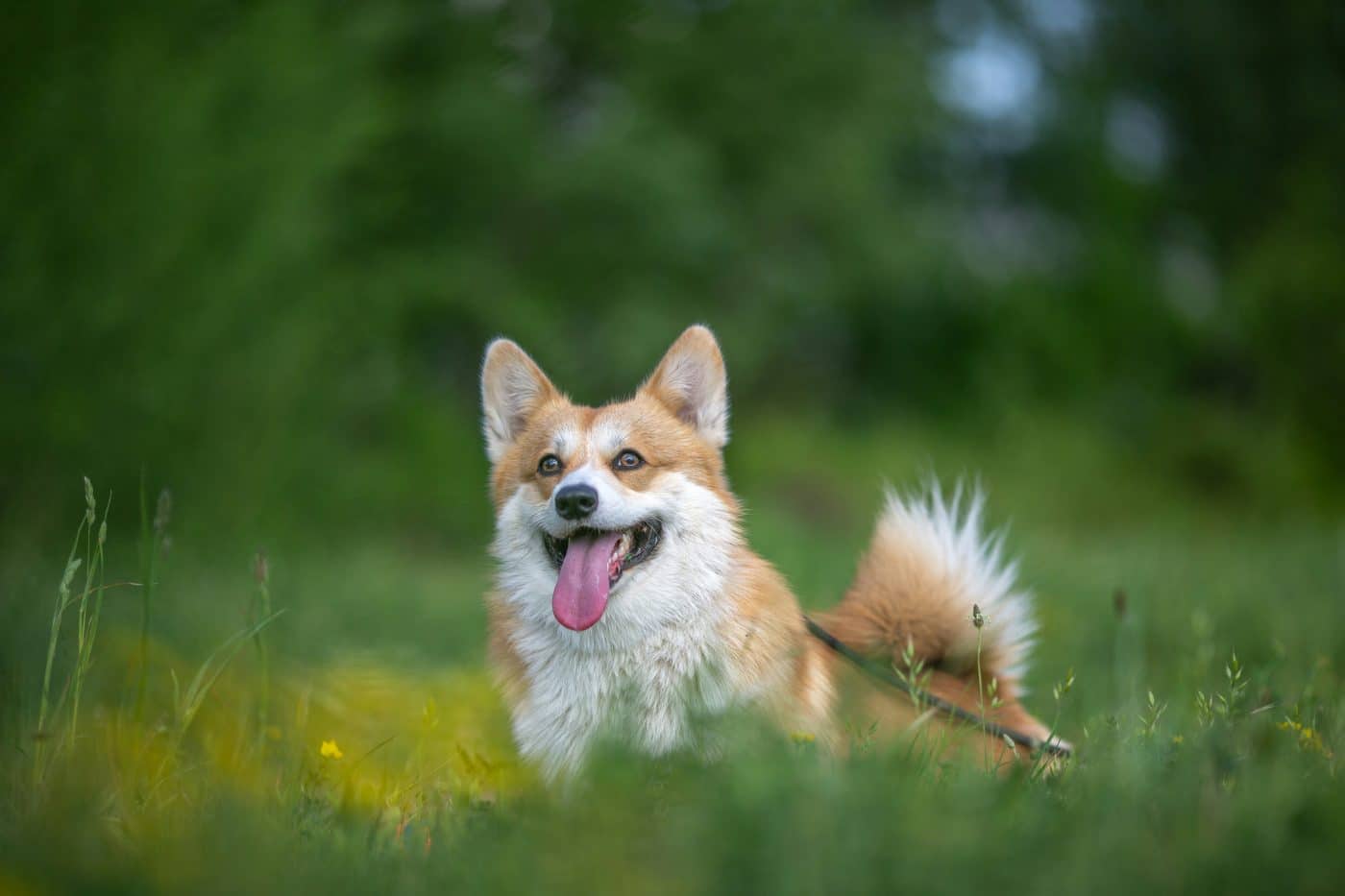 Shutterstock
Shutterstock
No dog is more royally famous than the Pembroke Welsh Corgi, thanks to Queen Elizabeth II, who practically made them Britain’s unofficial royal breed. Her love affair with Corgis began when she was a child and continued through her reign, with over 30 Corgis living in Buckingham Palace over the years. These stubby-legged cuties followed her everywhere—from royal photo ops to state meetings (though they probably had no idea who anyone was). Their loyalty, sass, and surprisingly agile bodies made them perfect palace companions. Honestly, if these dogs could write a memoir, it would outsell the crown jewels.
Cavalier King Charles Spaniel
 Shutterstock
Shutterstock
This breed has royalty in its name for a reason. King Charles II of England adored his Spaniels so much that he allegedly allowed them to roam freely in court—even during official state business. These affectionate lapdogs were so associated with him that they were named in his honor. With their soulful eyes, flowing ears, and gentle personalities, it’s no surprise they were royal cuddle champions. Some even claimed he paid more attention to his dogs than to governing, which is relatable.
Greyhound
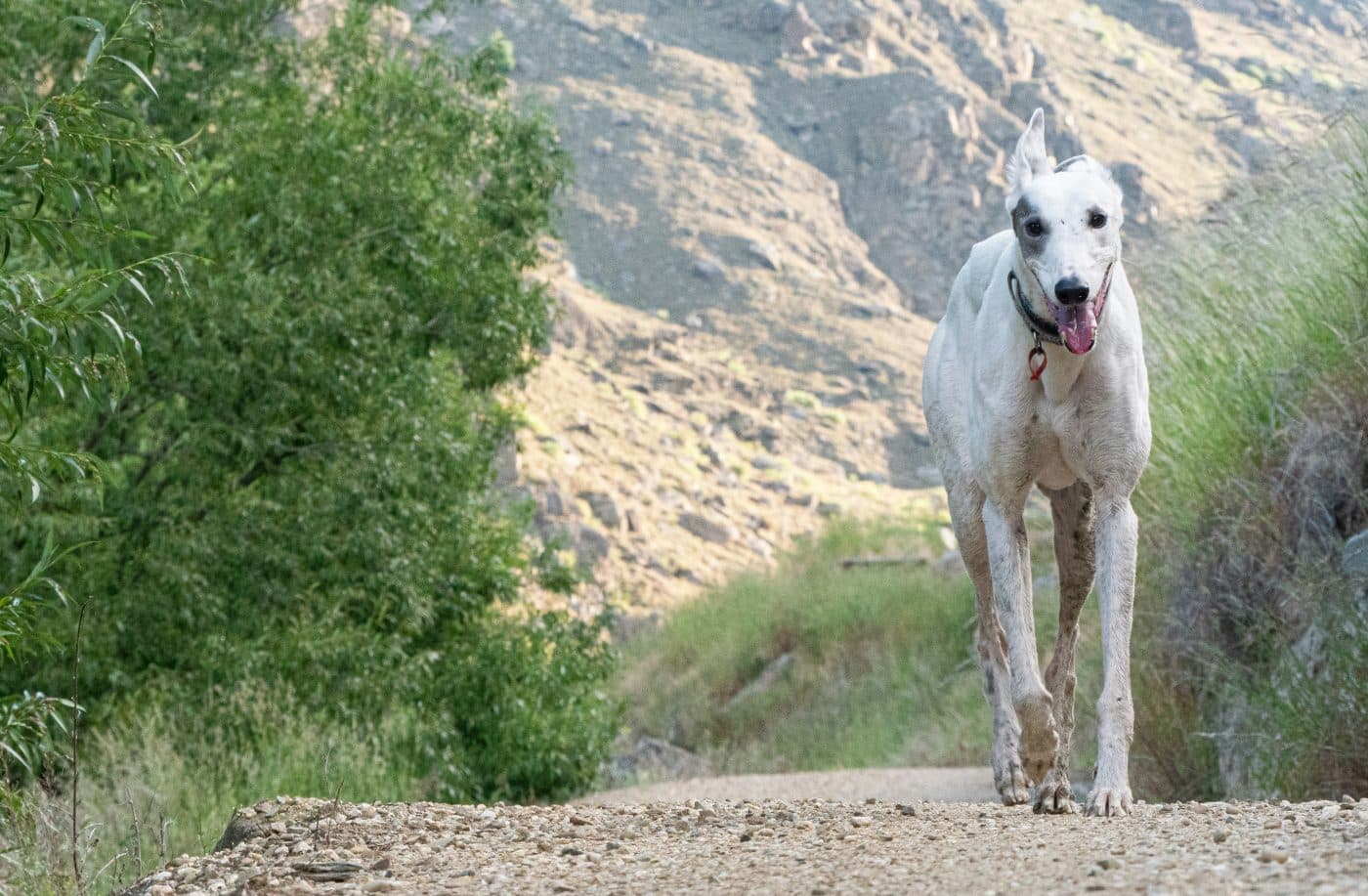 Shutterstock
Shutterstock
Graceful, sleek, and noble, Greyhounds were highly favored by European royalty for centuries. Queen Elizabeth I of England was particularly fond of them, even declaring them the “royal dog of England.” Their lithe bodies and elegant presence made them perfect hunting companions and regal statement pieces. Greyhounds often appeared in royal portraits, symbolizing speed, loyalty, and class. Let’s just say that if you were a noble in the 1500s without a Greyhound, were you even really noble?
Pekingese
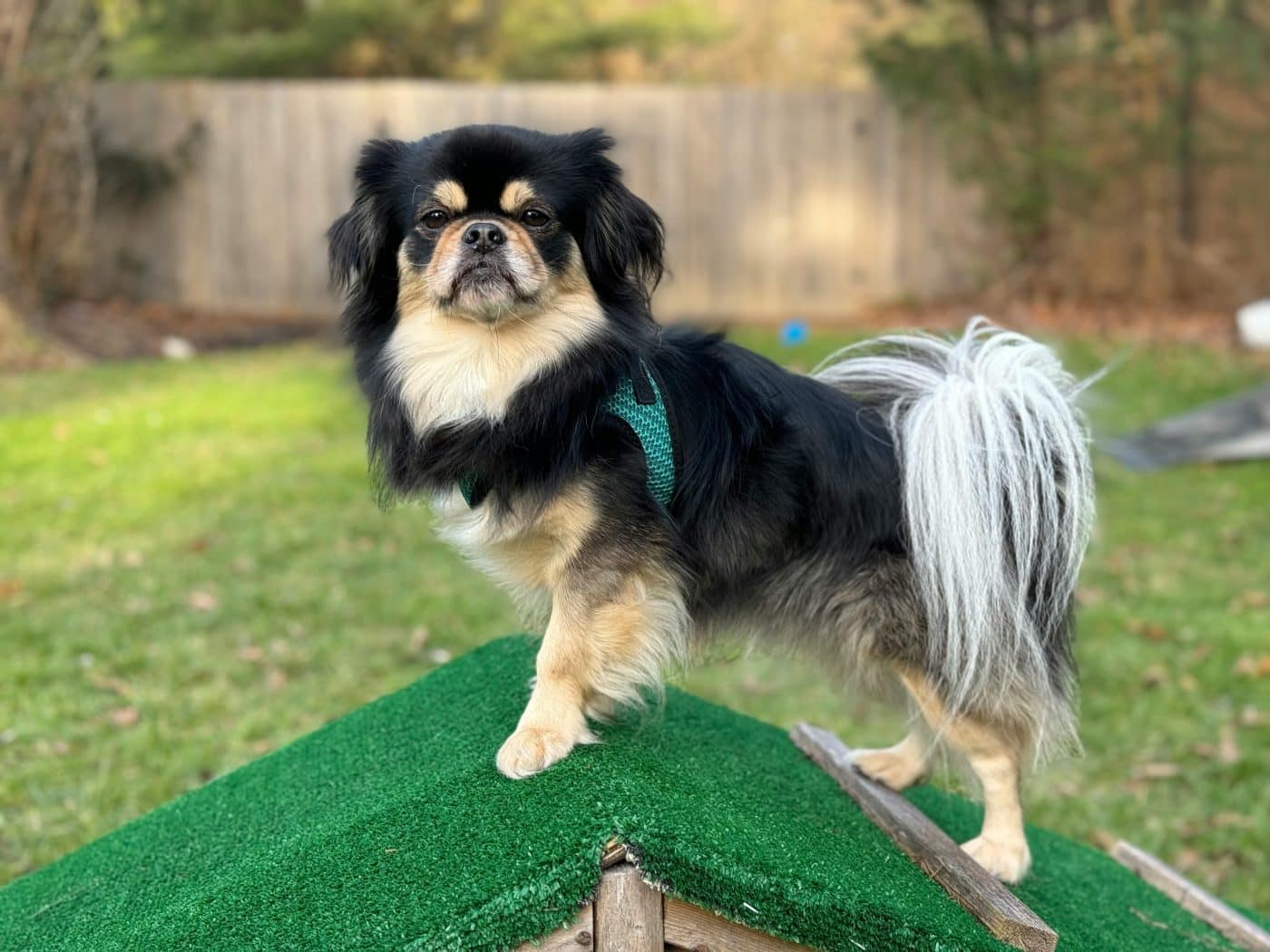 Shutterstock
Shutterstock
These furry little lions were once kept exclusively by Chinese emperors, especially during the Tang and Qing dynasties. Legend says they were bred to resemble lions—a sacred animal in Chinese culture—and were considered divine creatures. The punishment for stealing a Pekingese from the palace? Death. That’s how precious they were to royalty. Their regal demeanor and fluffy manes scream, “I belong on a velvet pillow, peasant,” and emperors totally agreed.
Great Pyrenees
 Shutterstock
Shutterstock
King Louis XIV of France was so enchanted by the Great Pyrenees that he declared them the Royal Dog of France. These majestic, snow-white guardians were originally used to protect flocks in the Pyrenees Mountains but made quite the impression at court with their calm presence and noble stature. They weren’t just giant teddy bears—they were loyal protectors who could easily double as majestic rugs. Their blend of grace and power earned them a permanent spot in the palace and the hearts of the French nobility.
Japanese Chin
 Shutterstock
Shutterstock
The Japanese Chin was a treasured companion of Japanese and Chinese royalty alike. These dainty lap dogs were often gifted as signs of favor and prestige between imperial courts. They were known to be pampered beyond reason, carried in silk sleeves, and never allowed to touch the ground. Their dignified expressions and feathered coats made them natural-born aristocrats. If a dog could drink tea with pinkies up, it would be the Japanese Chin.
Dachshund
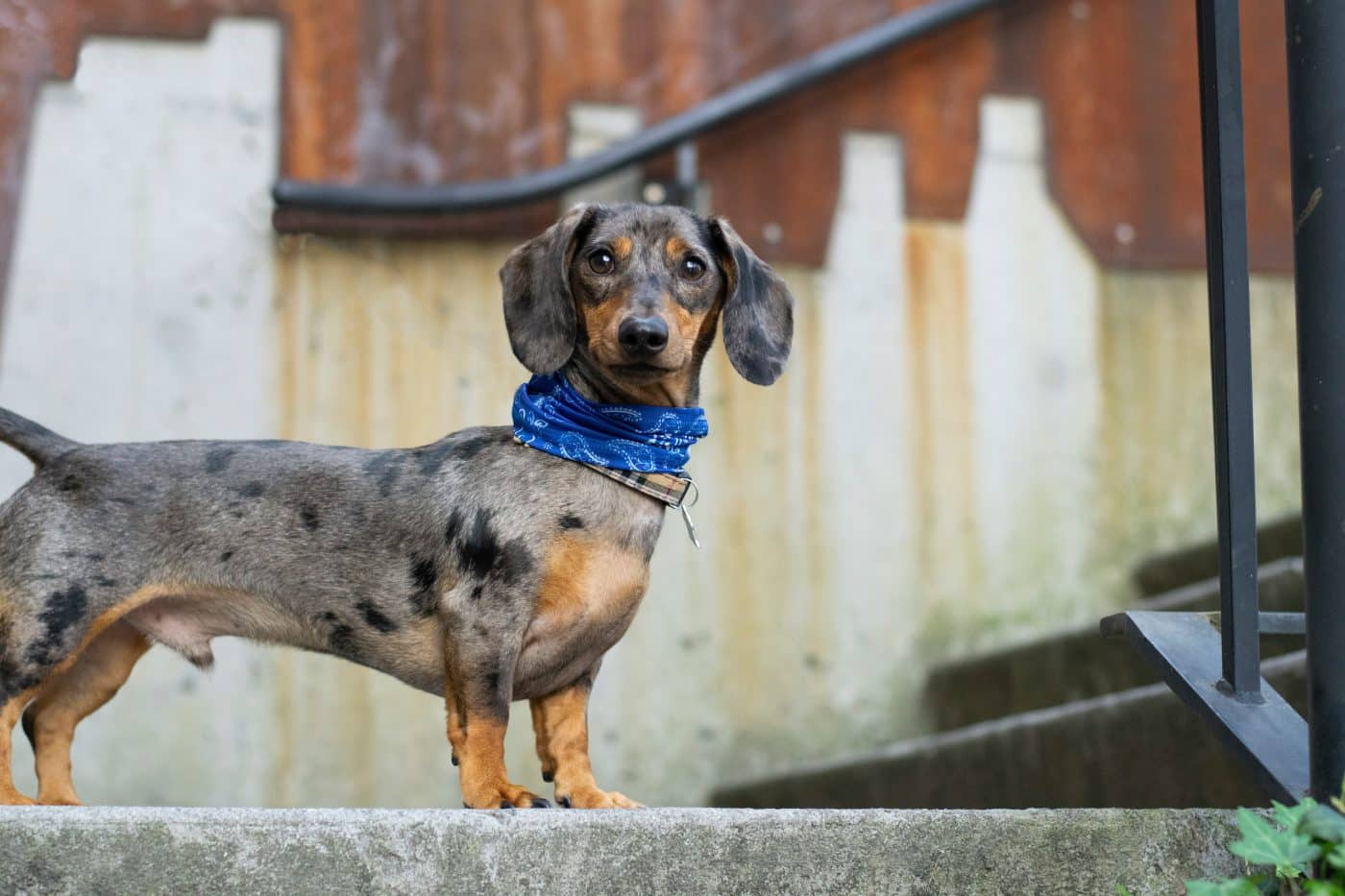 Shutterstock
Shutterstock
While they’re often seen as the quirky sausage dog of the modern age, Dachshunds were the pride of Kaiser Wilhelm II of Germany. He owned several and was so fond of them that he often brought them to official meetings—because nothing says “intimidating emperor” like a long dog in a bowtie. Their fierce loyalty and cleverness made them both amusing and endearing. Despite their short legs, these dogs marched right into the heart of German royalty and stayed there.
Papillon
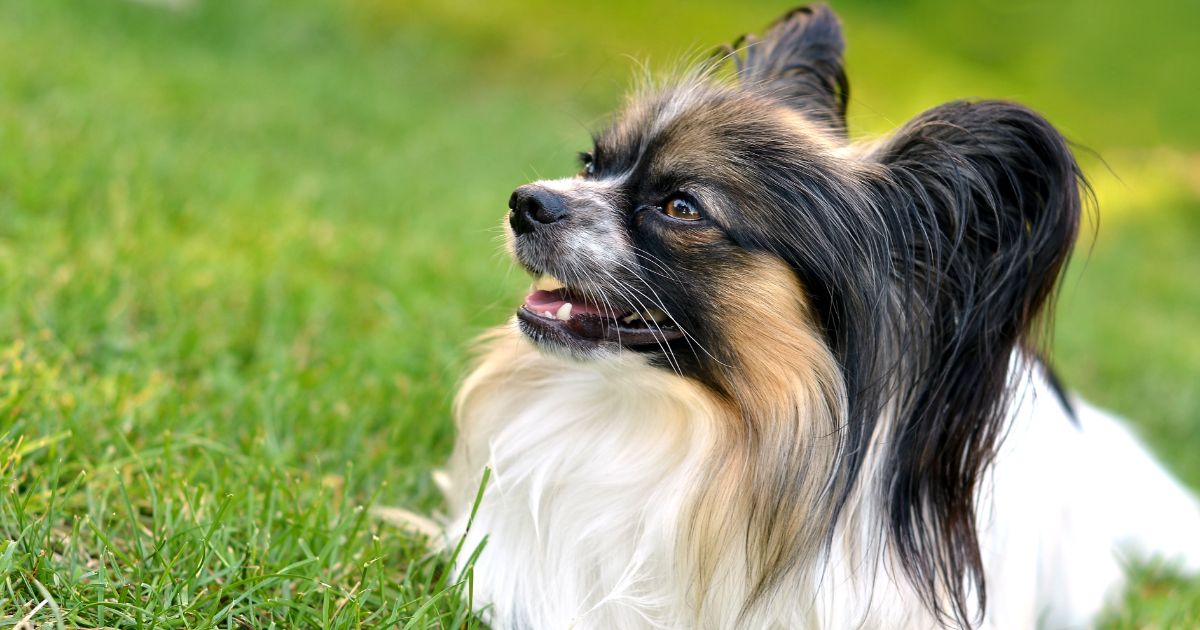 Shutterstock
Shutterstock
French royalty absolutely adored the Papillon, especially during the Renaissance. Marie Antoinette was known to have several and allegedly clutched one as she was led to the guillotine (talk about loyalty). The breed’s name means “butterfly” in French, thanks to their fluttery ears, and they fluttered around the court like the fabulous fashionistas they are. These tiny dogs were often featured in paintings with noblewomen and children, basically serving as furry status symbols. If bling were a dog, it would be a Papillon.
Lhasa Apso
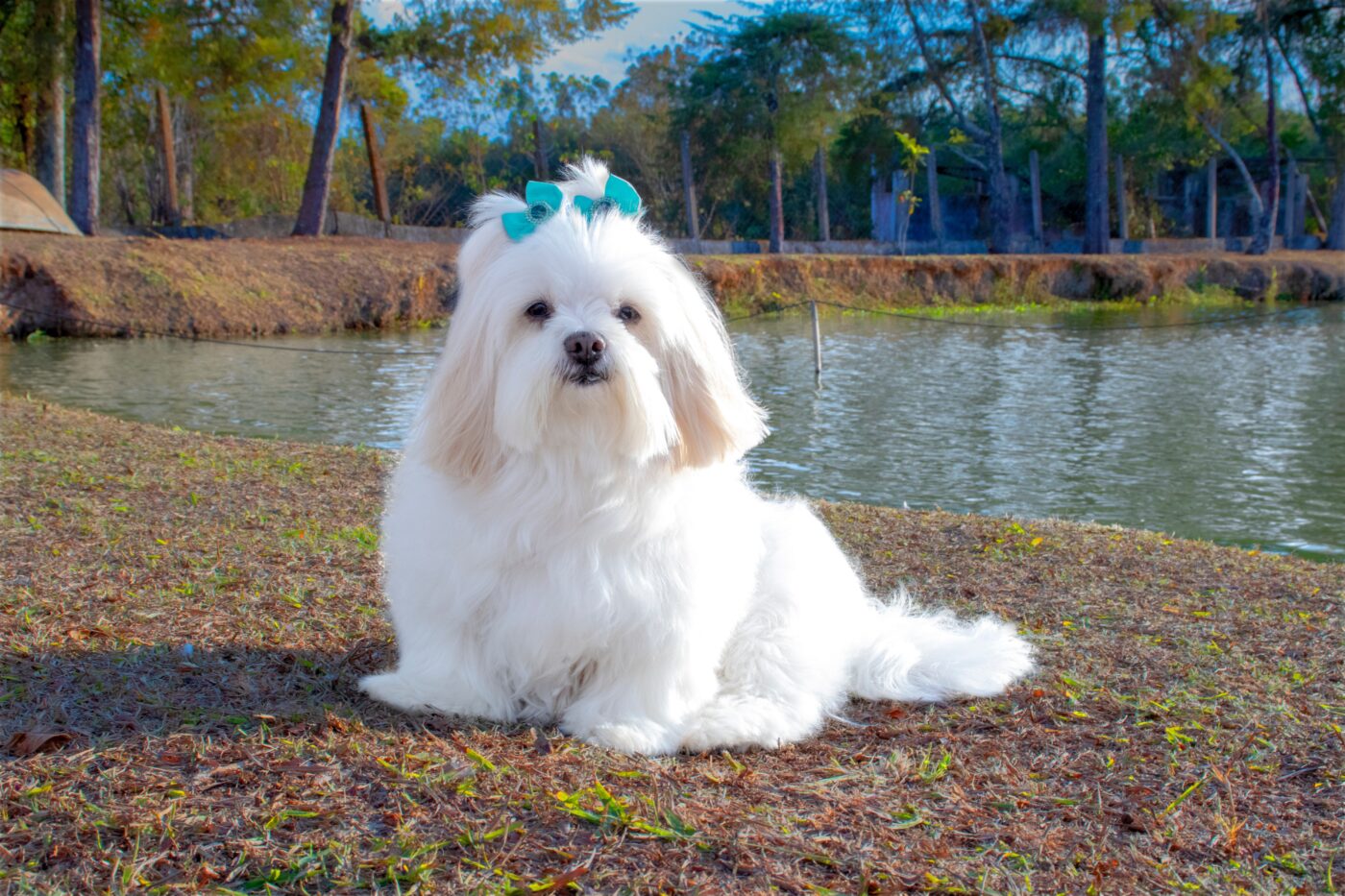 Shutterstock
Shutterstock
In Tibet, the Lhasa Apso was treated as a sacred gift and often kept in royal palaces and monasteries. They were believed to bring luck and were never sold—only gifted to those deemed worthy. The Dalai Lama himself was known to keep Lhasa Apsos, often sending them to Chinese emperors as royal presents. Their thick coats, alert expressions, and spiritual reputation made them feel like little monks with an attitude. Think of them as the royal advisors of the dog world—if royal advisors also barked at shadows.
Bichon Frise
 Shutterstock
Shutterstock
This fluffy little cloud of a dog was the favorite of French kings, particularly Henry III, who reportedly carried his Bichon in a basket around his neck (because pockets were apparently not an option). These dogs charmed their way into the hearts of the upper crust with their happy demeanor and irresistible curls. During the Renaissance, owning a Bichon was like having a living cotton ball of joy at your side. Their friendly, playful nature made them a fixture at European courts, and they probably invented the idea of being both cute and commanding.
Borzoi
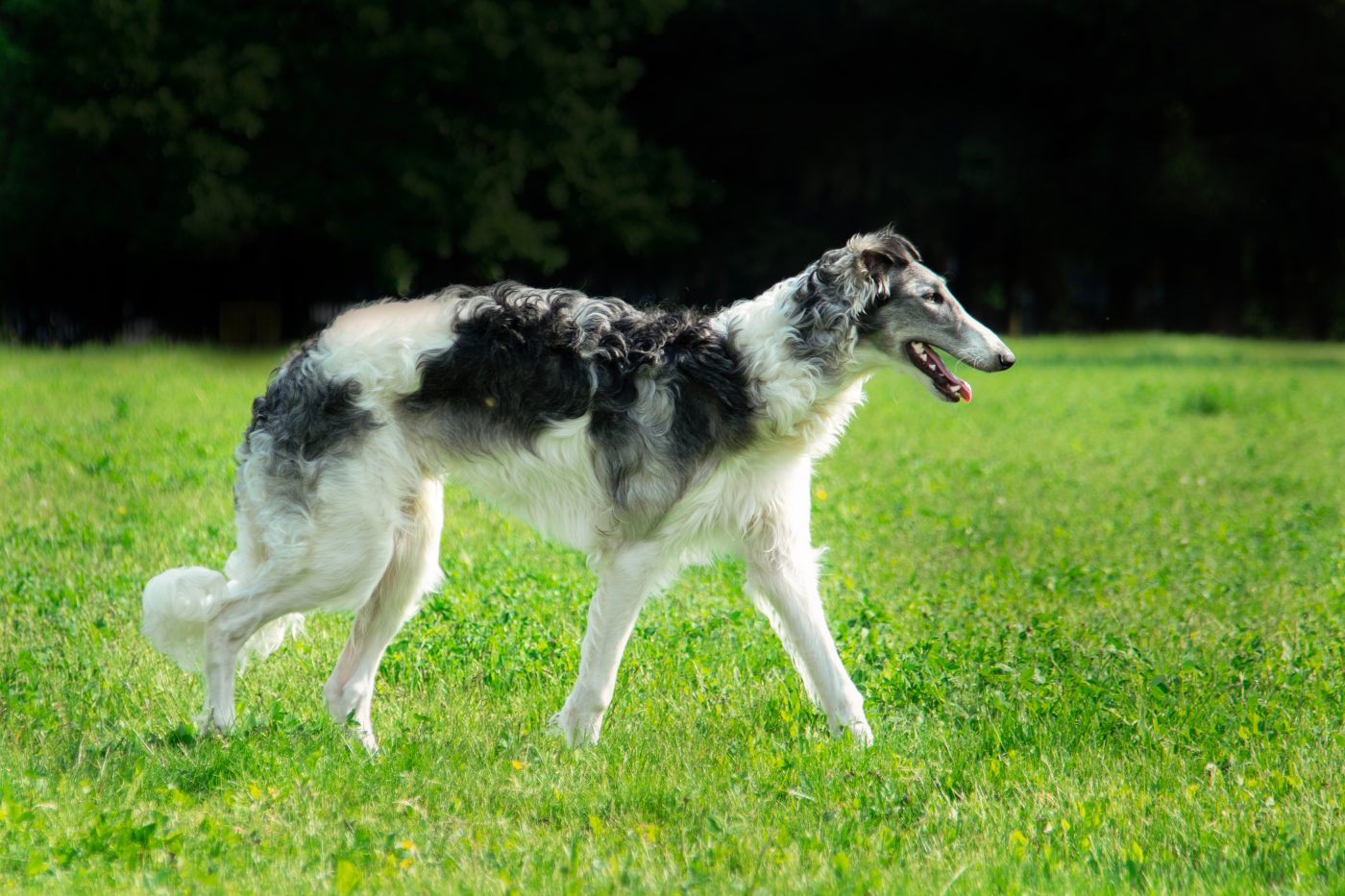 Shutterstock
Shutterstock
The Russian aristocracy, including Tsars like Nicholas II, were enamored with the Borzoi. These tall, elegant hounds were used in elaborate wolf hunts—because apparently, Russian royalty didn’t just want a dog; they wanted a dog that could run like the wind and look like it belonged in a museum. Borzois were often gifted among the nobility and were considered symbols of grace and status. With their long snouts and flowing coats, they practically glided through the halls of power. Also, they looked fabulous in fur—because they brought their own.
Maltese
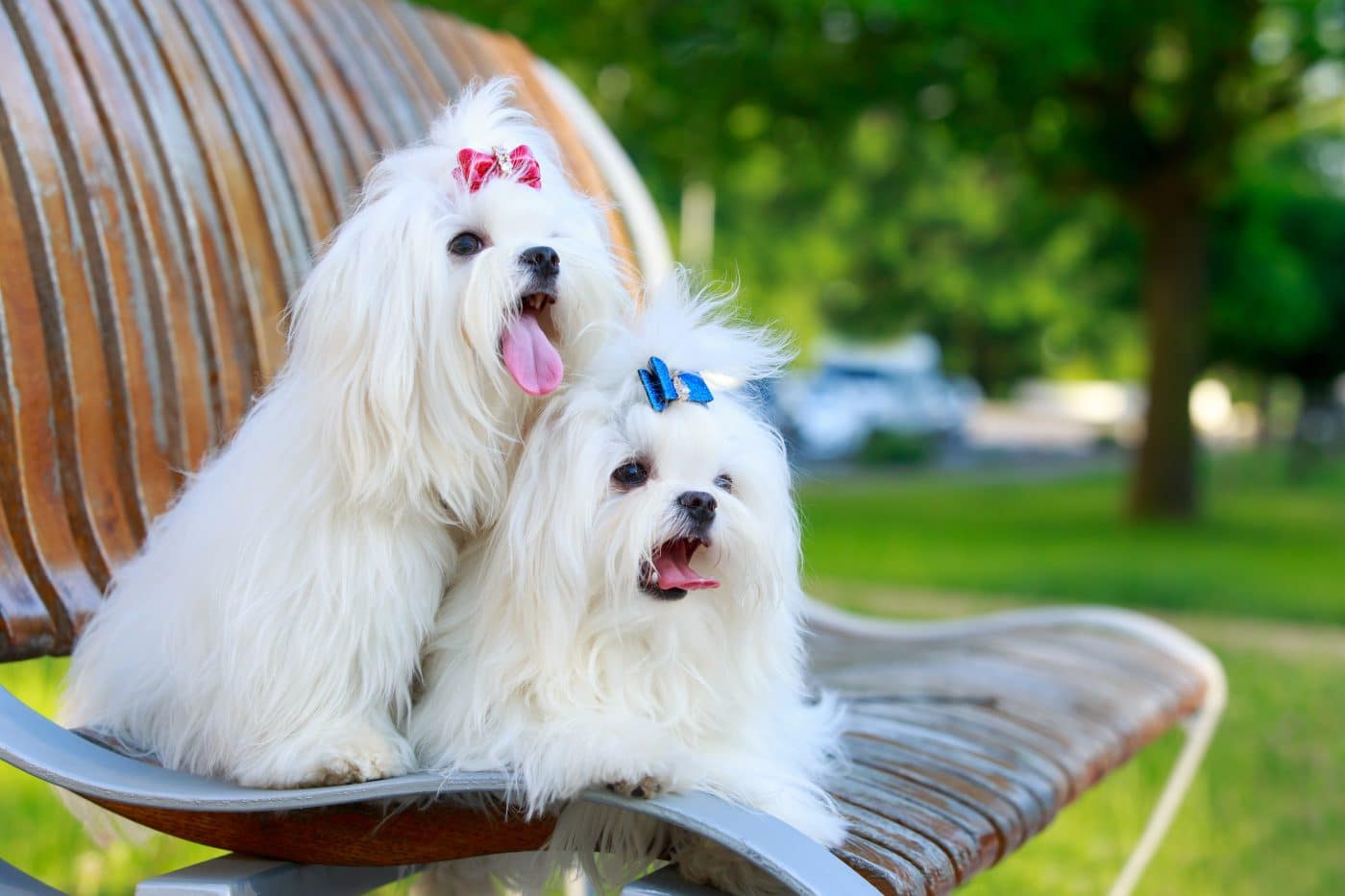 Shutterstock
Shutterstock
The Maltese are a favorite among Roman empresses and European queens, and they are basically the OG royal lapdog. Their pristine white coats and dainty steps made them prized companions of high society. Even Queen Elizabeth I had a Maltese in her collection of courtly companions. These dogs were treated like royalty themselves, often draped in jewels and posed in paintings like tiny furry aristocrats. They were bred to be loved—and to remind you that you’re not the one in charge.
Scottish Terrier
 Shutterstock
Shutterstock
No royal dog list would be complete without the Scottish Terrier, a breed adored by King George VI and famously cherished by Queen Elizabeth, The Queen Mother. Nicknamed “Scotties,” these feisty little dogs were known for their bold personalities, sturdy builds, and dignified beards. A Scottie named “Duffy” even joined the royal family in photos, proudly strutting like he knew exactly who he was. They’re loyal and confident and carry themselves like tiny four-legged monarchs. If there’s a royal meeting happening, you can bet the Scottie is already in the chair—probably barking out orders.
The Royal Court Had Paws and Claws
 MidJourney
MidJourney
A parade of royal pups who didn’t just bark at the help—they barked from the balconies. These dog breeds weren’t just beloved by kings and queens; they starred in palace gossip, royal portraits, and maybe even a few inheritance feuds. From warming laps to guarding emperors, they proved that behind every monarch stood a dog getting more attention than the royal advisor. Long live the royal canines—and may your corgi forever strut through the living room like it owns Versailles.

 1 month ago
14
1 month ago
14
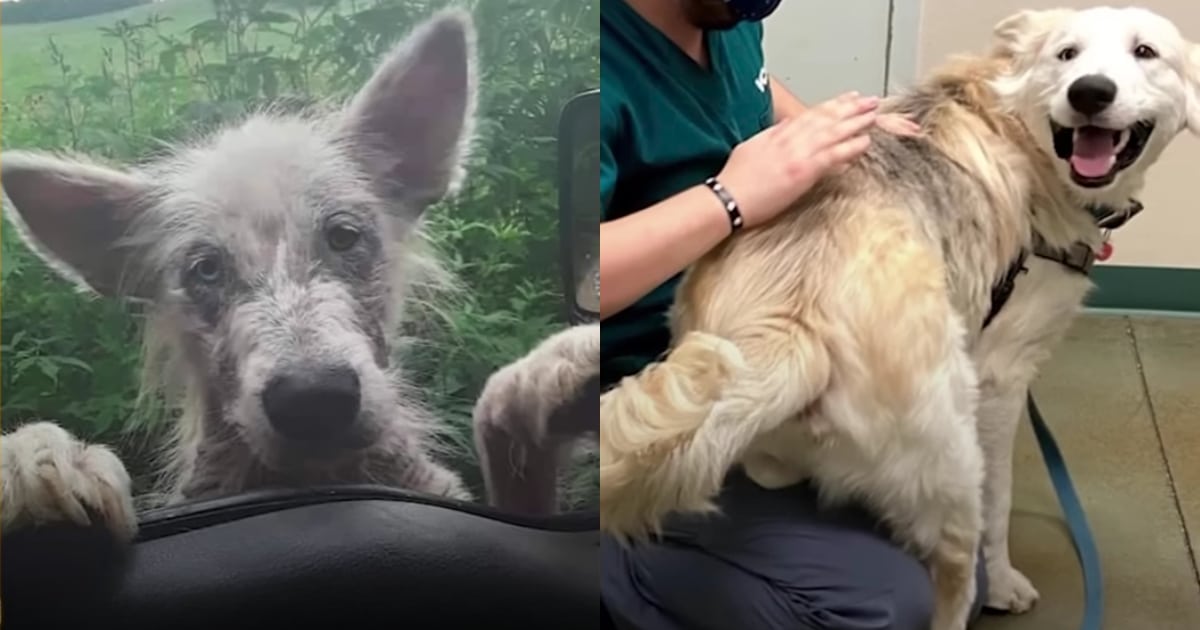

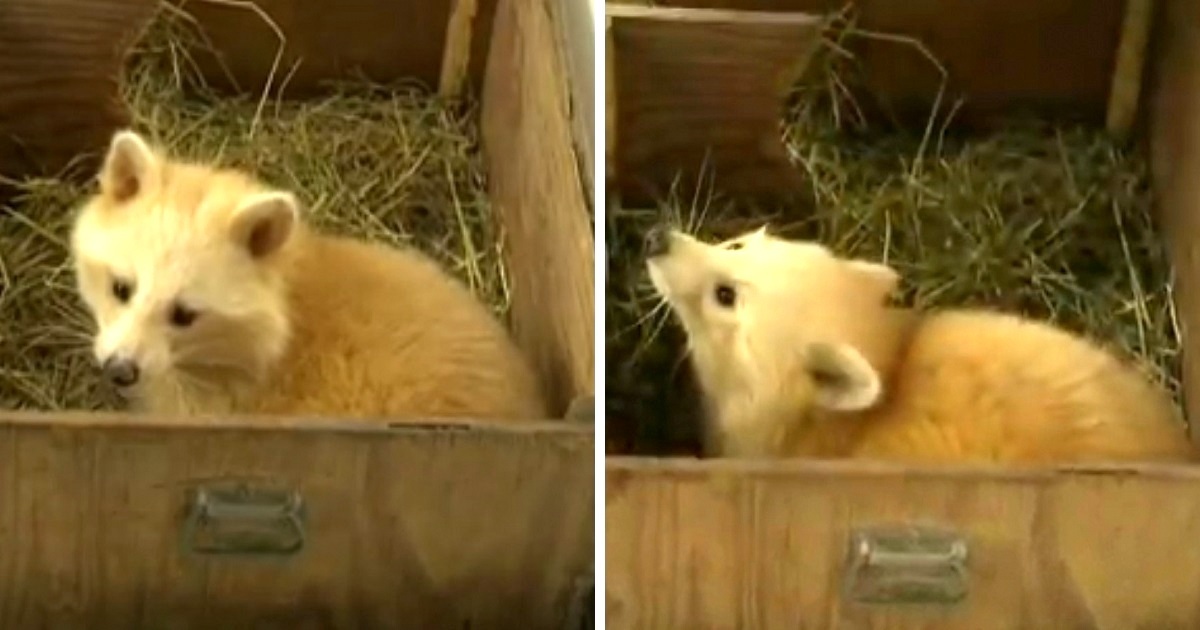
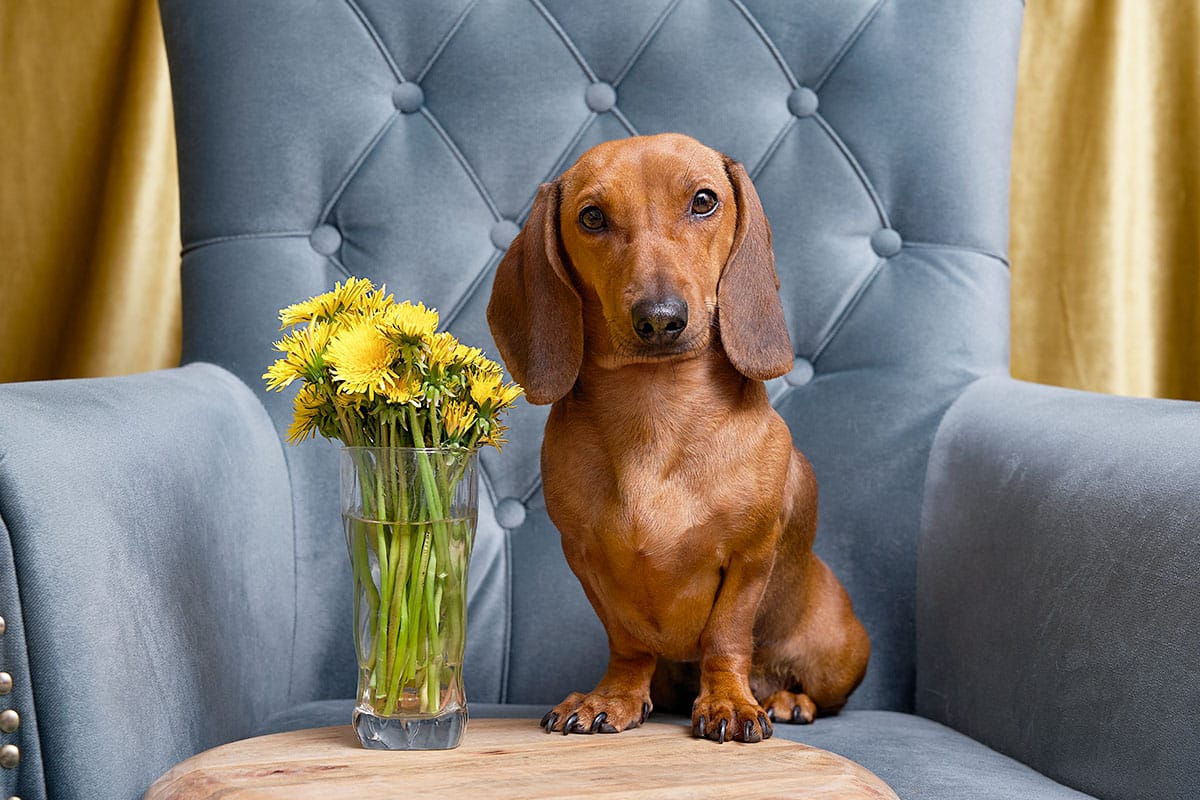

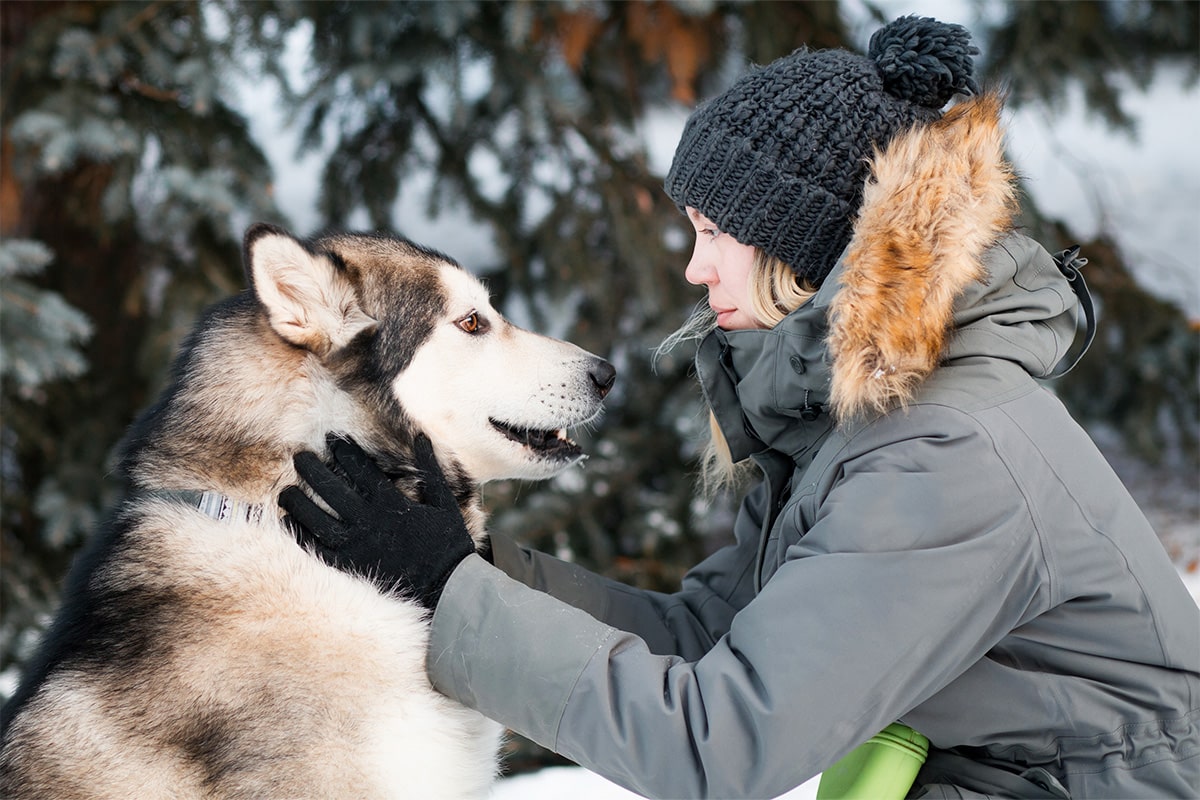
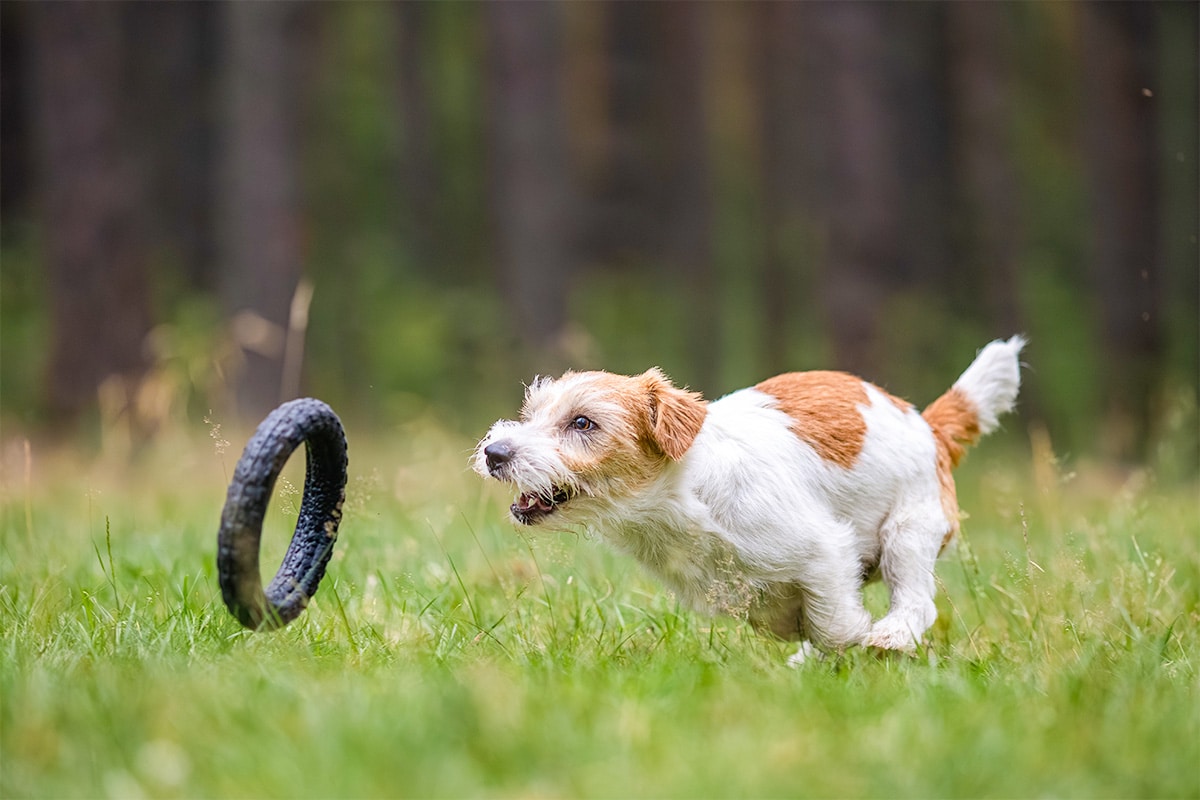
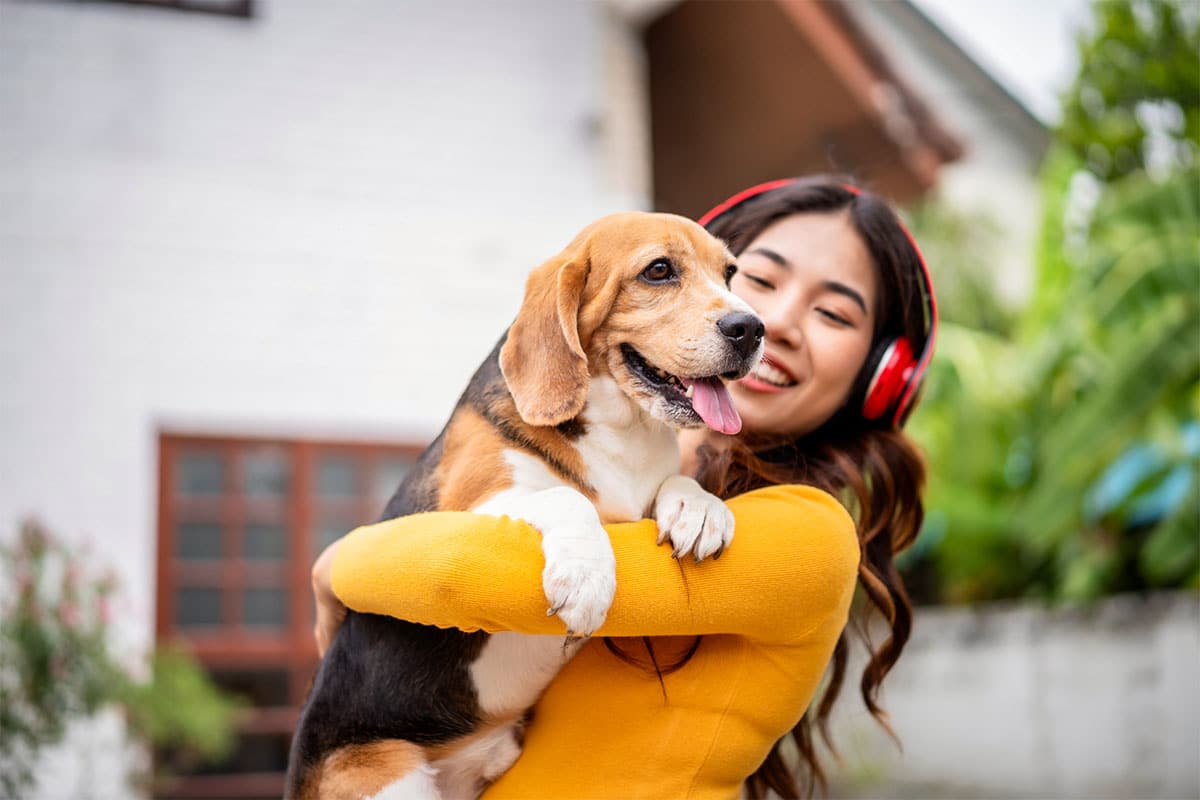




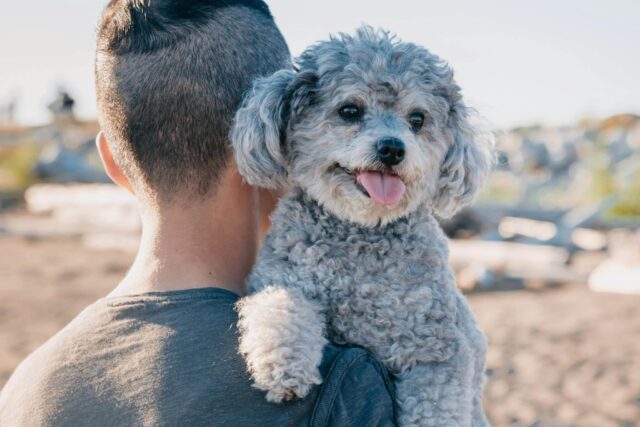
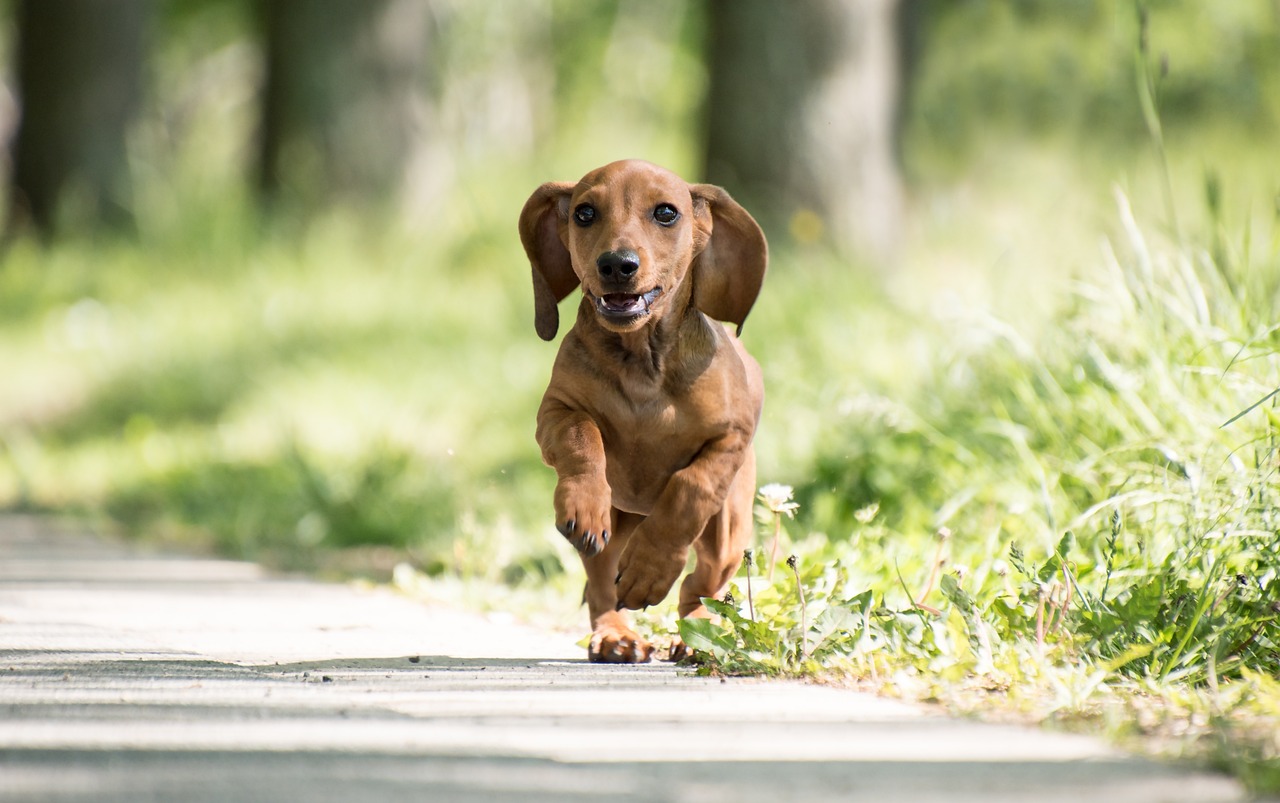




 English (US) ·
English (US) ·